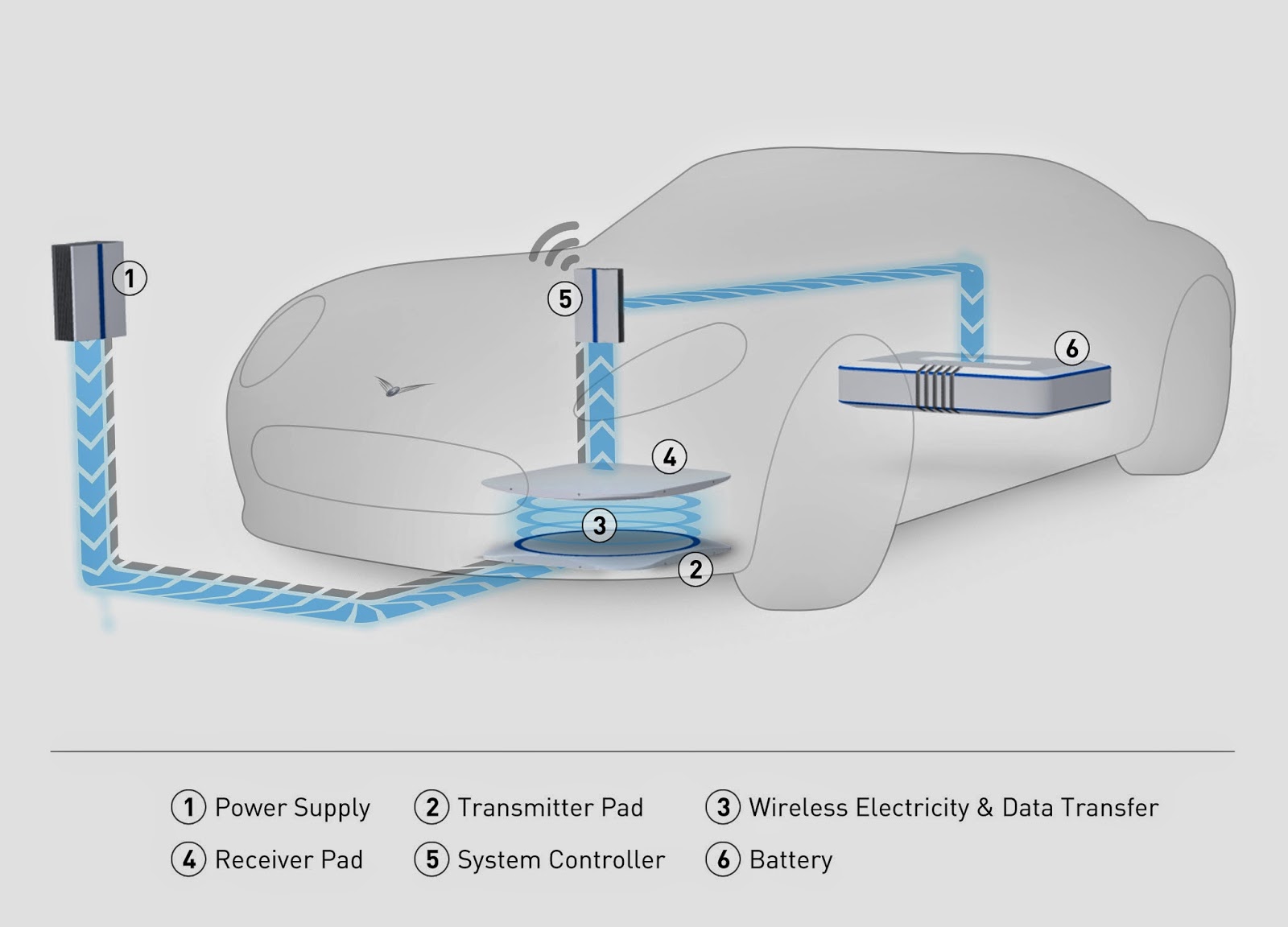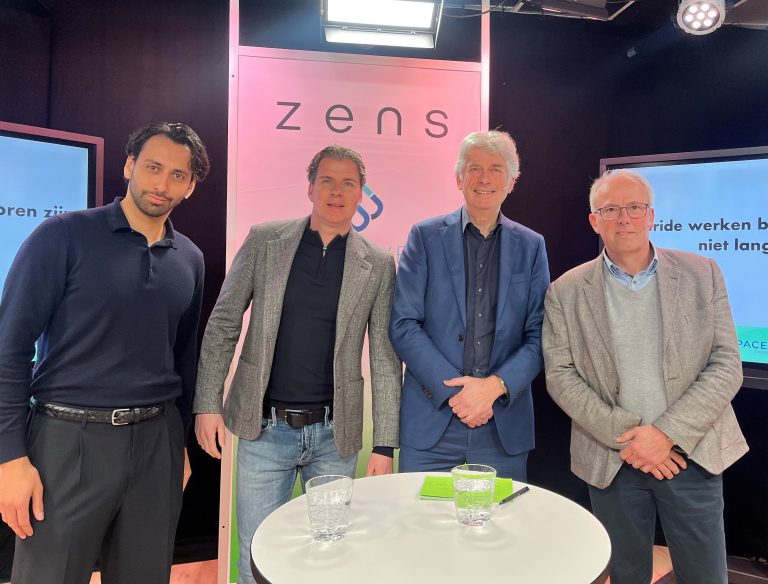Eindhoven – August 15, 2014 – Well, it may just be possible. Clever engineers at Qualcomm think that this might be possible sooner than we anticipate. Motorsport might help accelerate this ideal EV charging station scenario. One of the reasons it partnered up with the new global electric FIA Formula E Championship is to showcase wireless charging technology.
Wireless Charging beyond your Smartphone or Tablet!

Wireless charging for your electric car
Can you imagine a world where we are all driving smart electric cars and you don’t ever have to physically plug in your vehicle to charge?
“When we talked about the idea of wireless charging, every car company said yes, please, we would like to improve the vehicle’s freedom,” says Graeme Davison.
Qualcomm Halo™
Qualcomm isn’t just about the chips in our mobile devices. The American multi-billion tech giant is a master in doing research, investing five billion dollars a year to develop new innovating ideas. One of its wireless charging technologies is called Qualcomm Halo™, focusing on wireless electric vehicle charging.
“A team of research engineers worked on charging mobile devices like smartphones and tablets and examined the possibility of high power charging. So we thought: ‘why not charge electric vehicles wirelessly?”
How it works
“Do you have an electric toothbrush at home?” Davison asked. “Wireless charging your electric powered car works exactly the same way. What we’ve done is to make this system more efficient, increasing the gap between the charging pads and make it suitable for transferring more power.”
Qualcomm Halo™ Wireless Electric Vehicle Charging (WEVC) technology uses resonant magnetic induction to transfer energy between a ground-based pad and a charging pad on the electric vehicle. The base pad and the vehicle pad are magnetically coupled, and the energy is transferred wirelessly from the base pad, into the vehicle pad, where it is used to charge the vehicle’s batteries.



